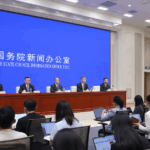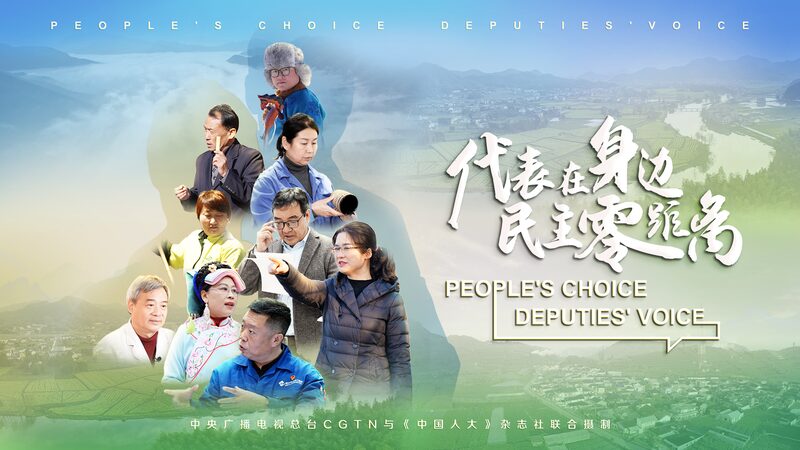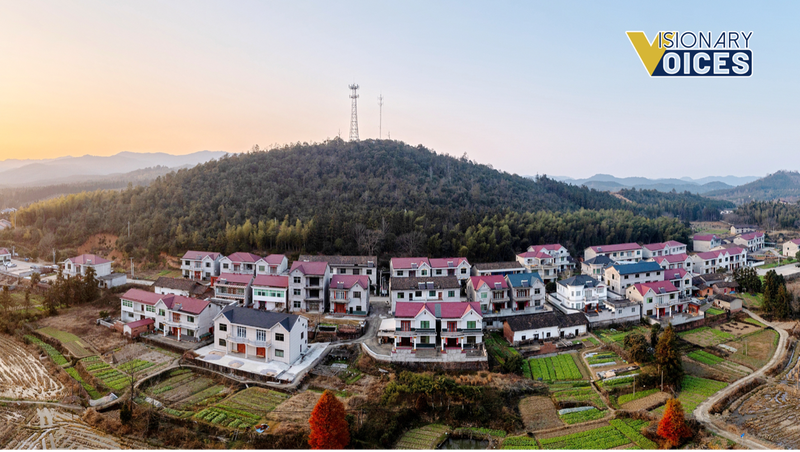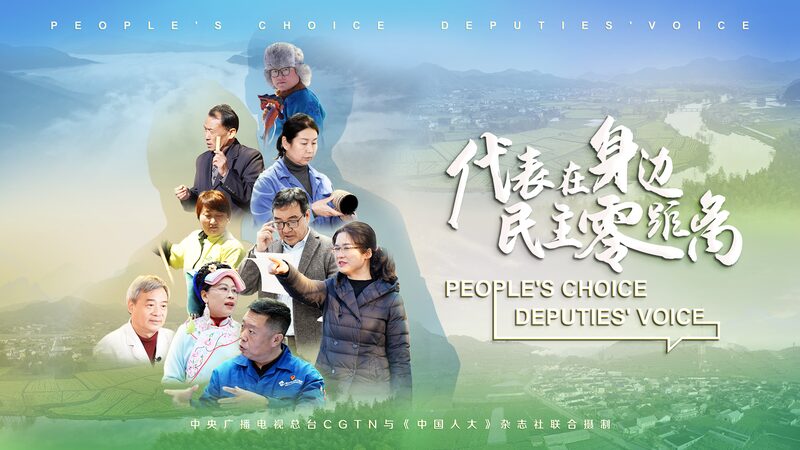Democracy with Chinese Characteristics: Beyond the Ballot Box
While Western-style elections dominate headlines, China’s political system operates through a unique framework called \"whole-process people’s democracy\" – and it’s powered by 2.6 million elected deputies across five tiers of people’s congresses. Let’s break it down 👇
What’s the Structure?
From township-level councils to the National People’s Congress (NPC), these bodies draft laws and set policy agendas. The NPC meets annually in March (think: China’s version of \"policy season\" 🗓️), while its Standing Committee works year-round on legislation tied to national priorities like tech innovation and rural revitalization.
How Do Elections Work?
Over 90% of county/township deputies are directly elected – a system that’s evolved since 1953. Today’s 1:1 urban-rural deputy ratio reflects efforts to balance regional representation. Candidates can be nominated by voter groups or political parties, with secret ballots and state-funded elections to prevent financial influence.
Supervision & Accountability
Deputies face regular voter scrutiny through public Q&A sessions and performance reviews. While the Communist Party of China oversees candidate qualifications, mechanisms exist for recalling underperforming representatives – a feature officials say ensures \"the people are truly masters of the country.\"
Why It Matters Globally
As President Xi Jinping pushes this model as part of China’s rejuvenation, understanding it becomes key for analysts tracking Asia’s policy directions. Whether you’re studying political systems or eyeing Asian markets, these processes shape everything from tech regulations to green energy investments. 💼🌱
Reference(s):
Whole-process people's democracy: How Chinese people's congresses work
cgtn.com






